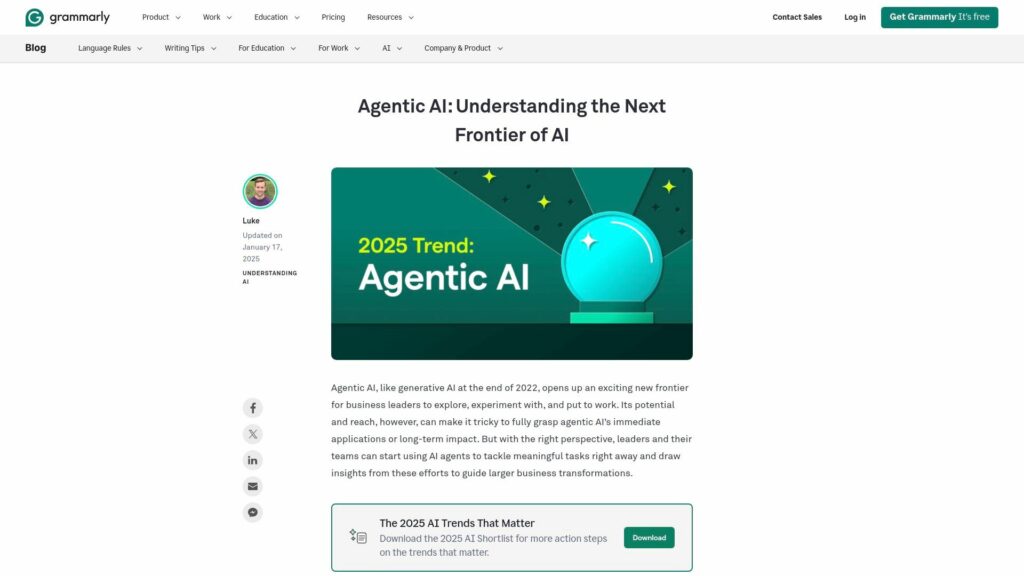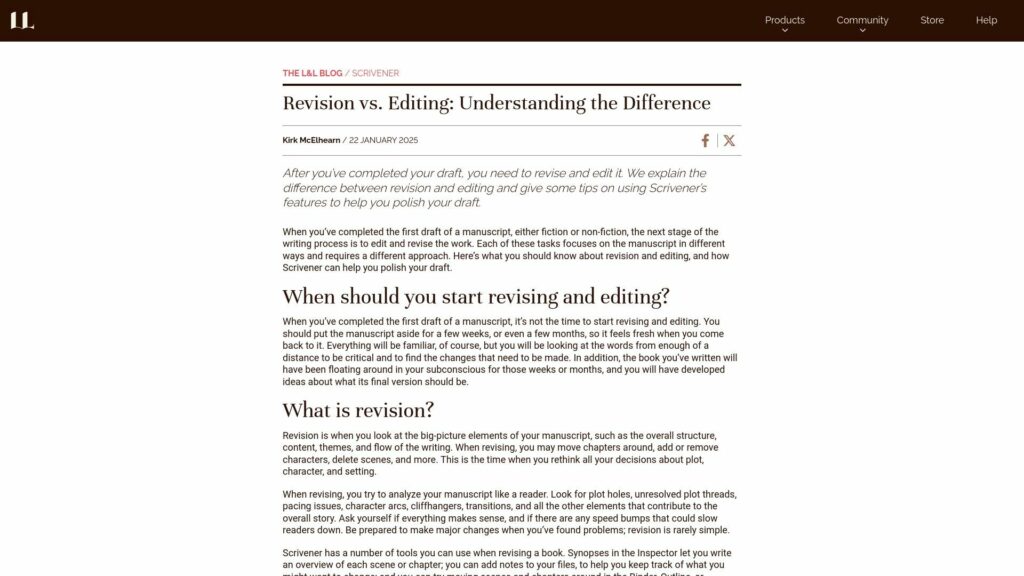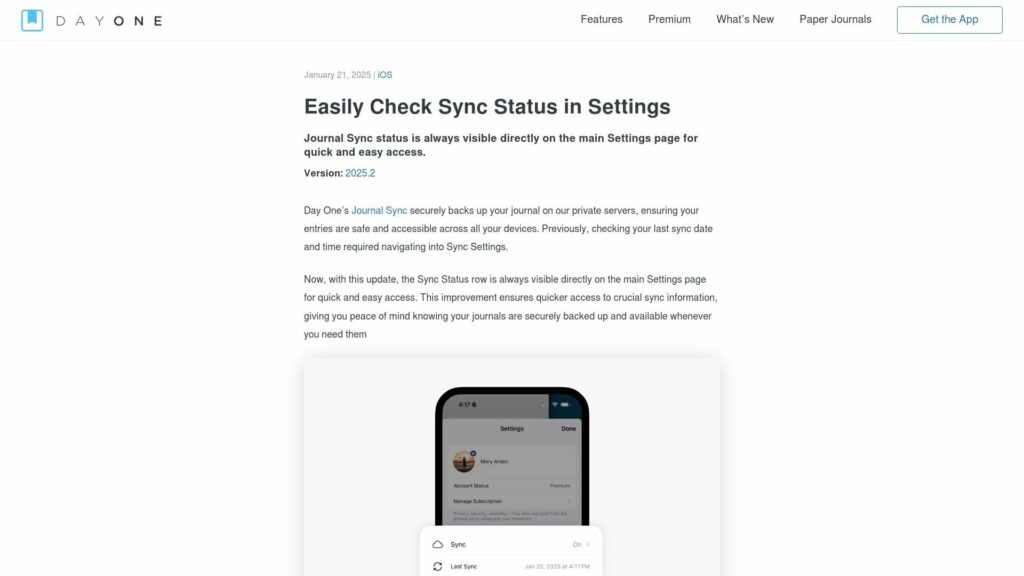ML powers technologies like image recognition and self-driving cars, relying on supervised and unsupervised learning. This guide compares both approaches, highlighting differences, benefits, challenges, and applications.
Supervised Learning: Uses labeled data for training; excels in prediction tasks with historical data. Categories include classification and regression.
Unsupervised Learning: Analyzes unlabeled data, discovering patterns without prior knowledge. Common algorithms include clustering and dimensionality reduction.
Key Differences: Supervised learning needs labeled data, while unsupervised does not; supervised is more accurate for known patterns, unsupervised is better for exploring unknown data.
Applications: Mixed systems are common. Supervised for traffic prediction, unsupervised for genetic clustering, and LLMs use both.
Conclusion: Each approach has unique strengths: supervised for fast, scalable decisions, unsupervised for uncovering hidden data structures. Knowing their use cases helps apply them effectively.
https://www.grammarly.com/blog/ai/supervised-vs-unsupervised-learning/










